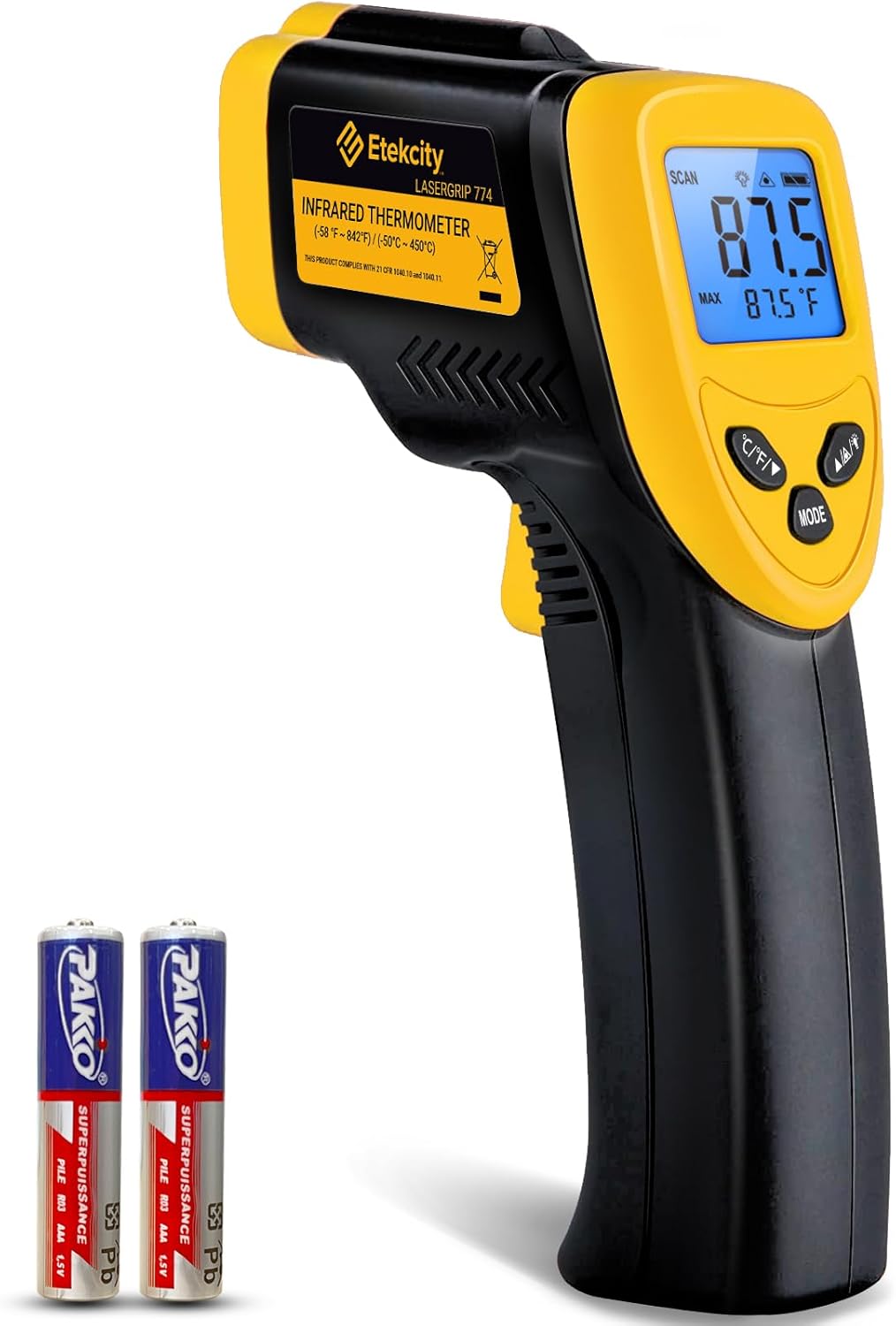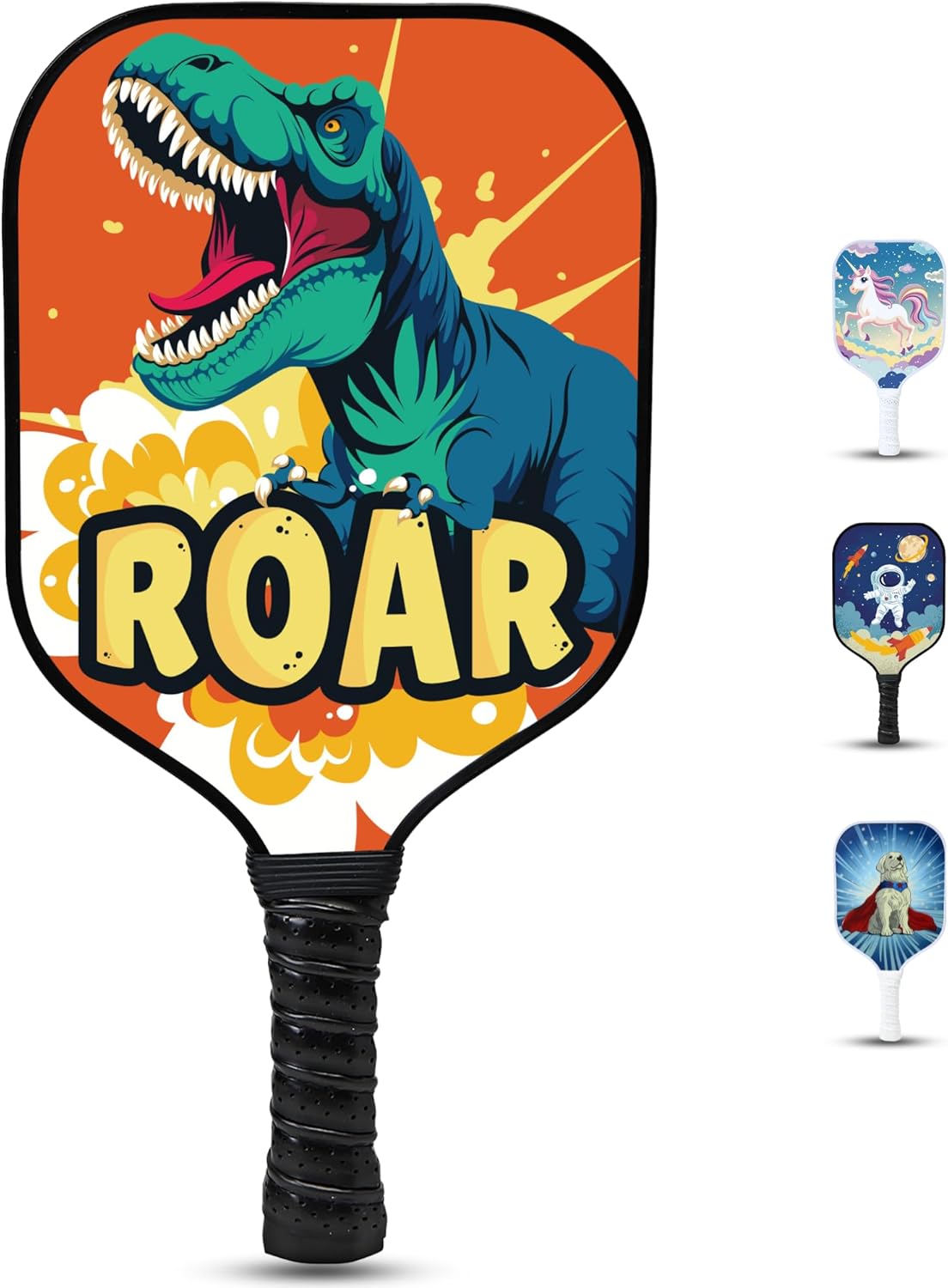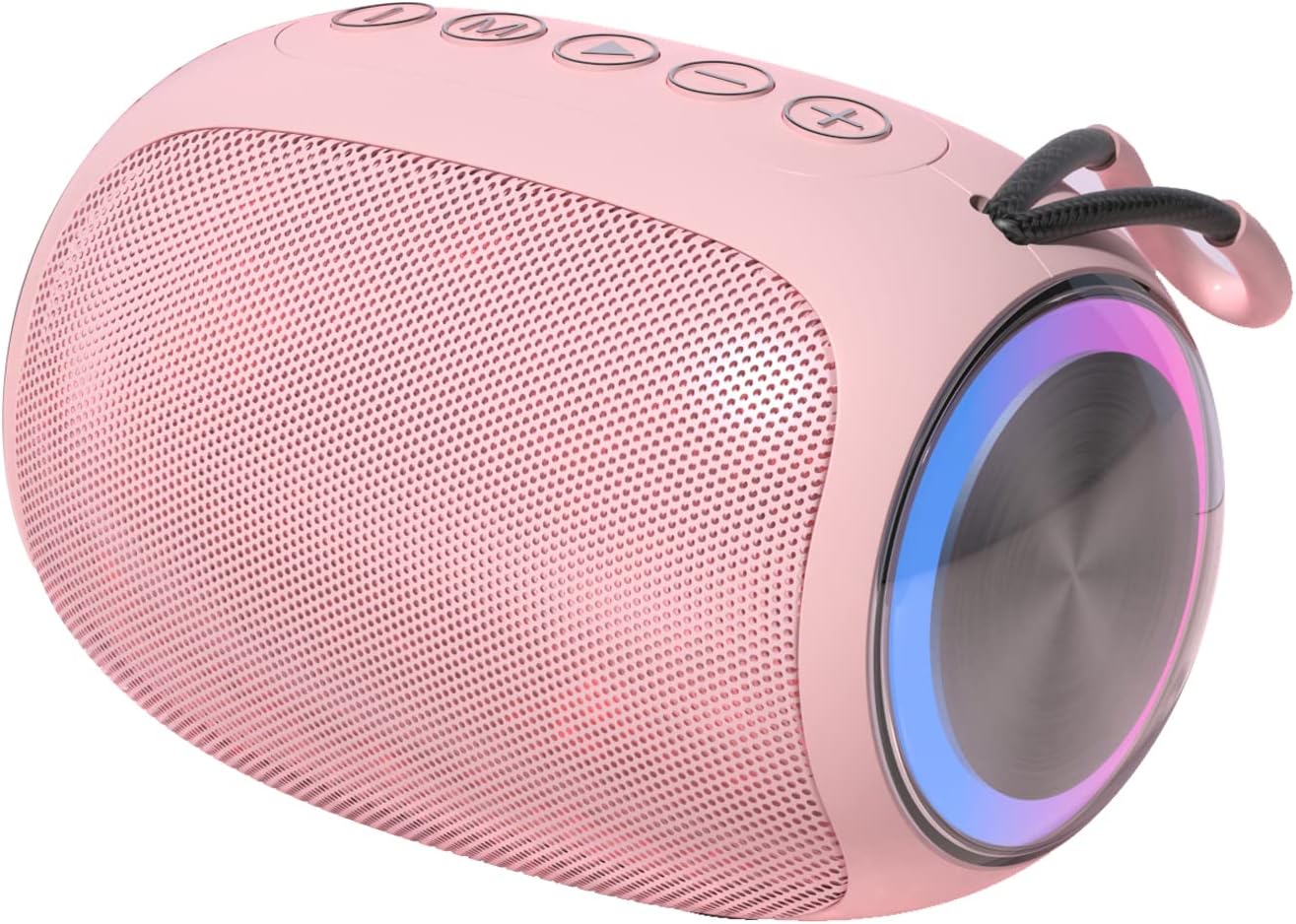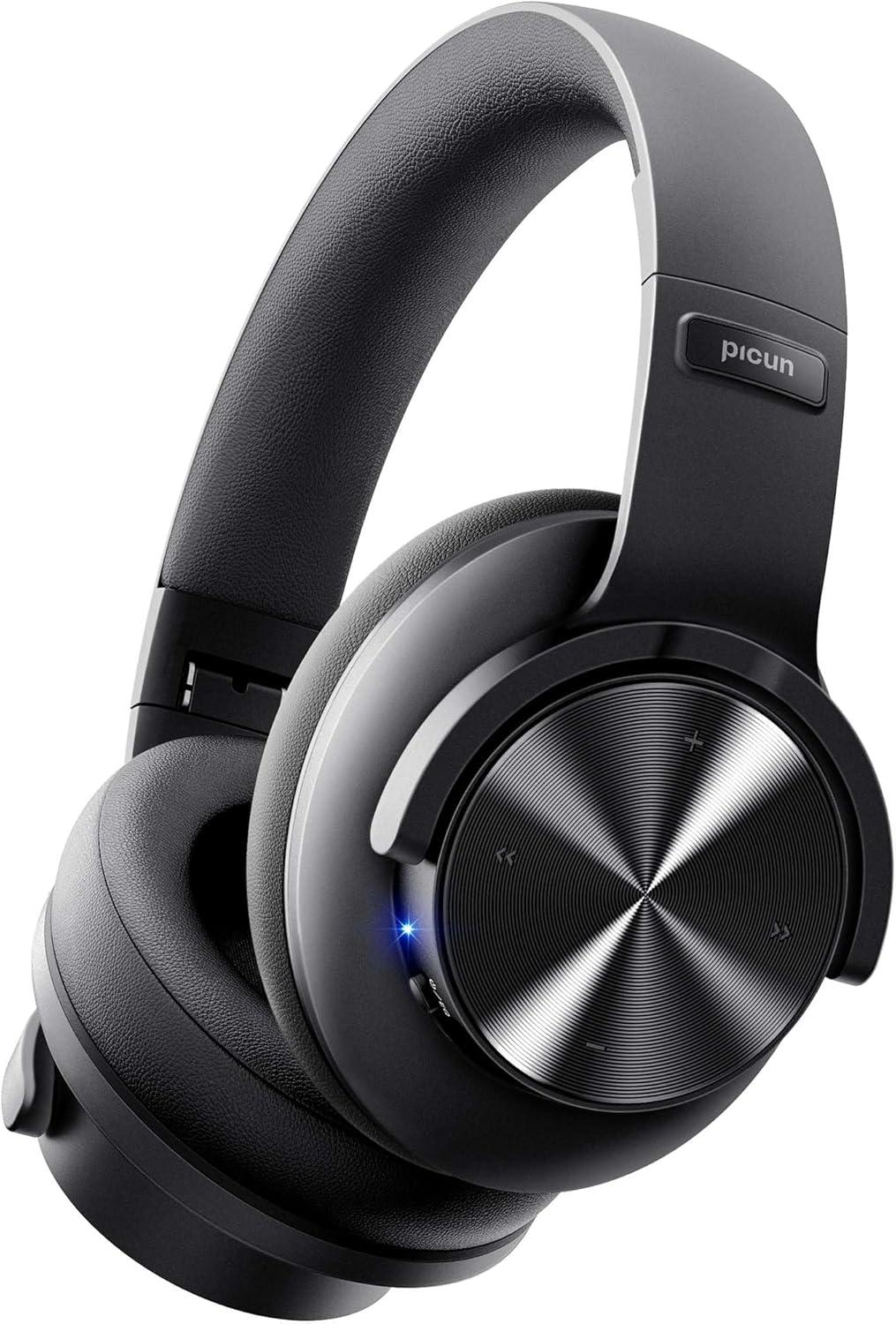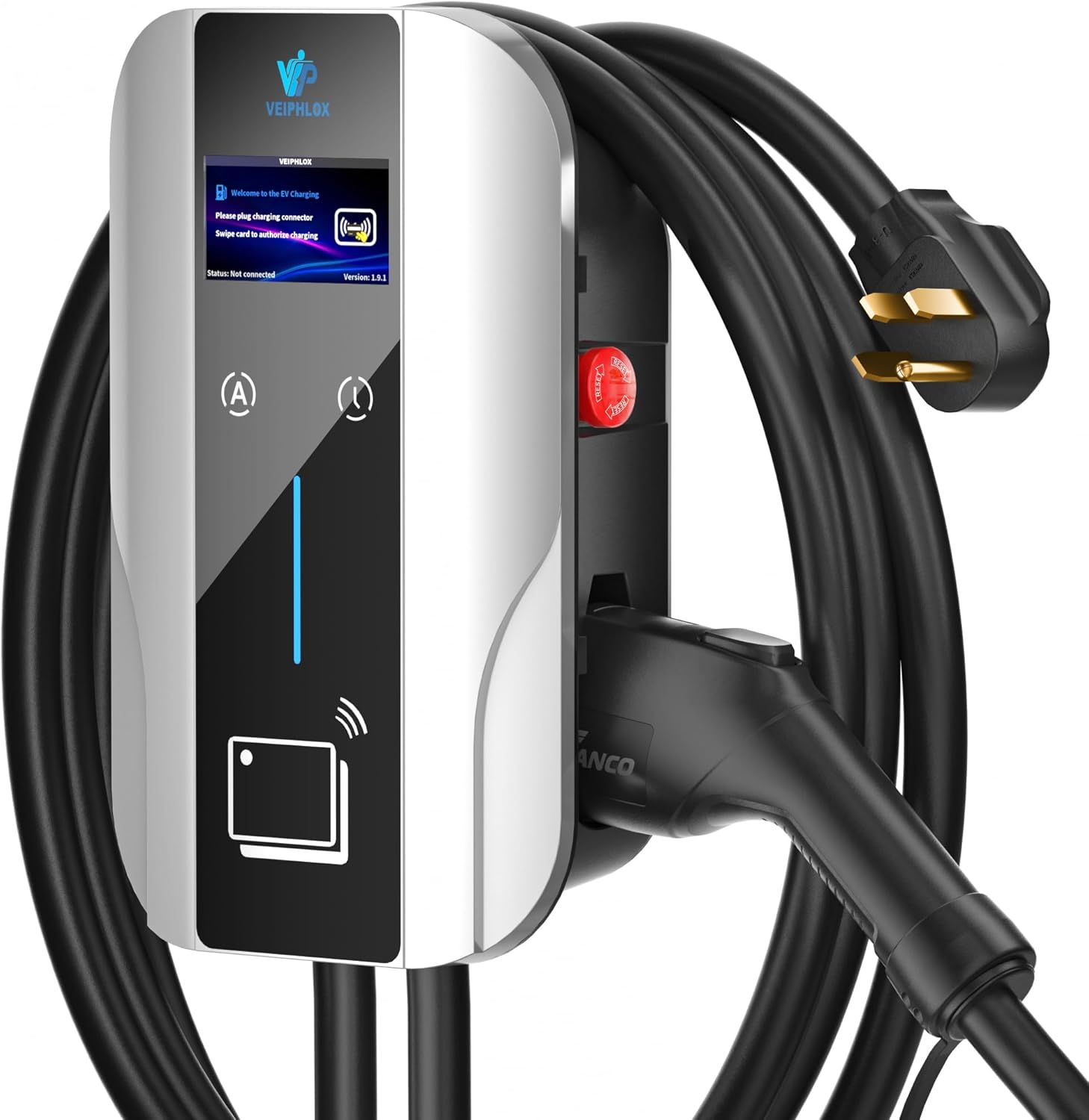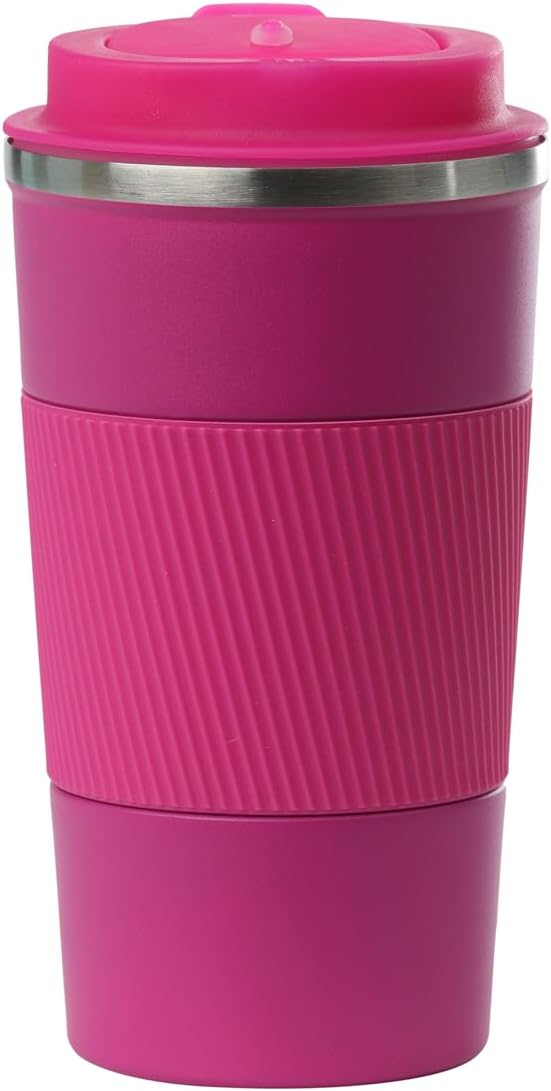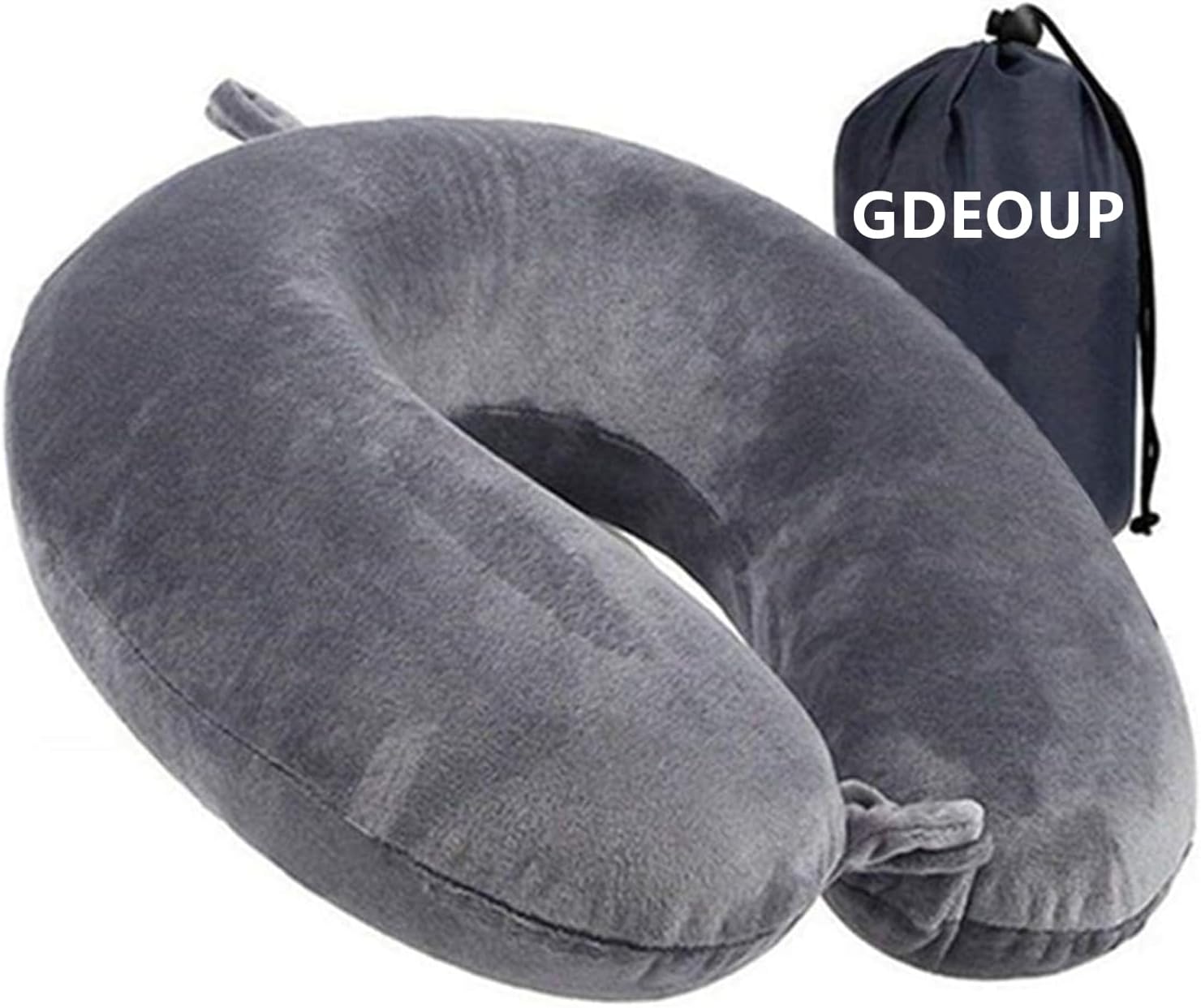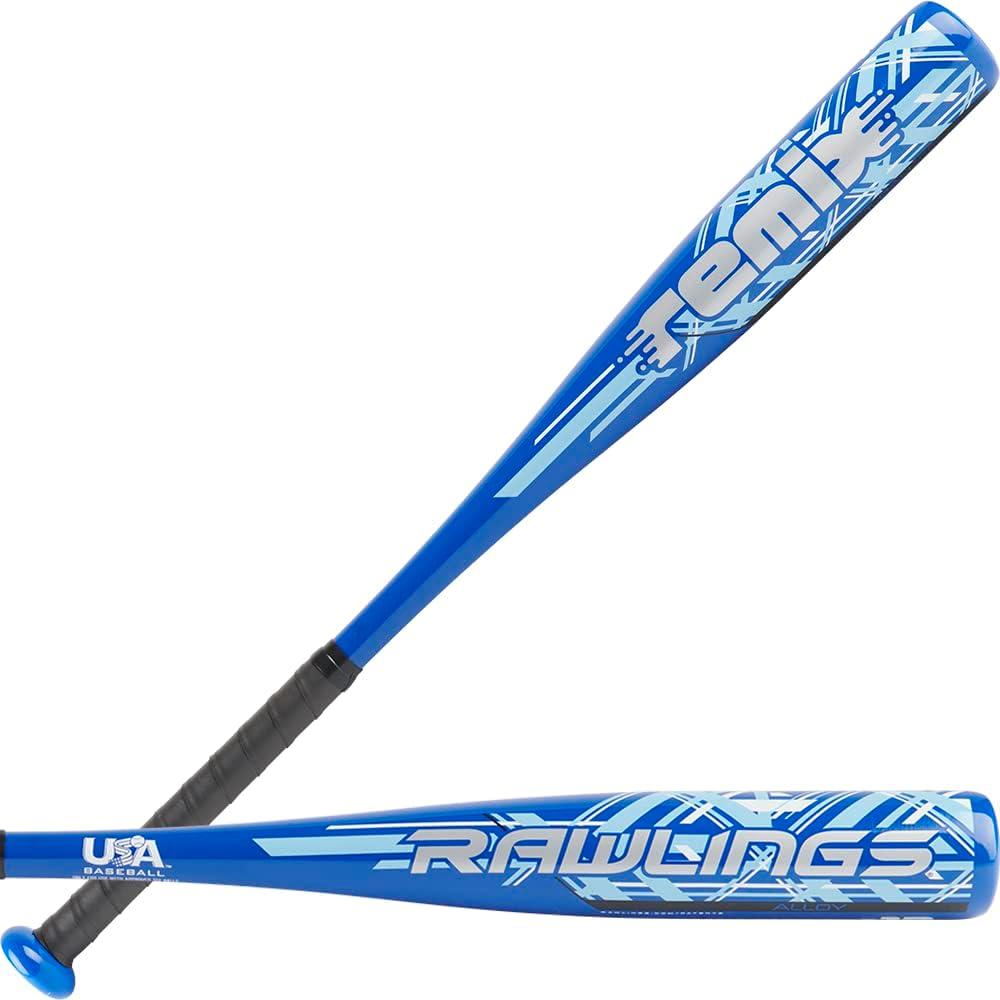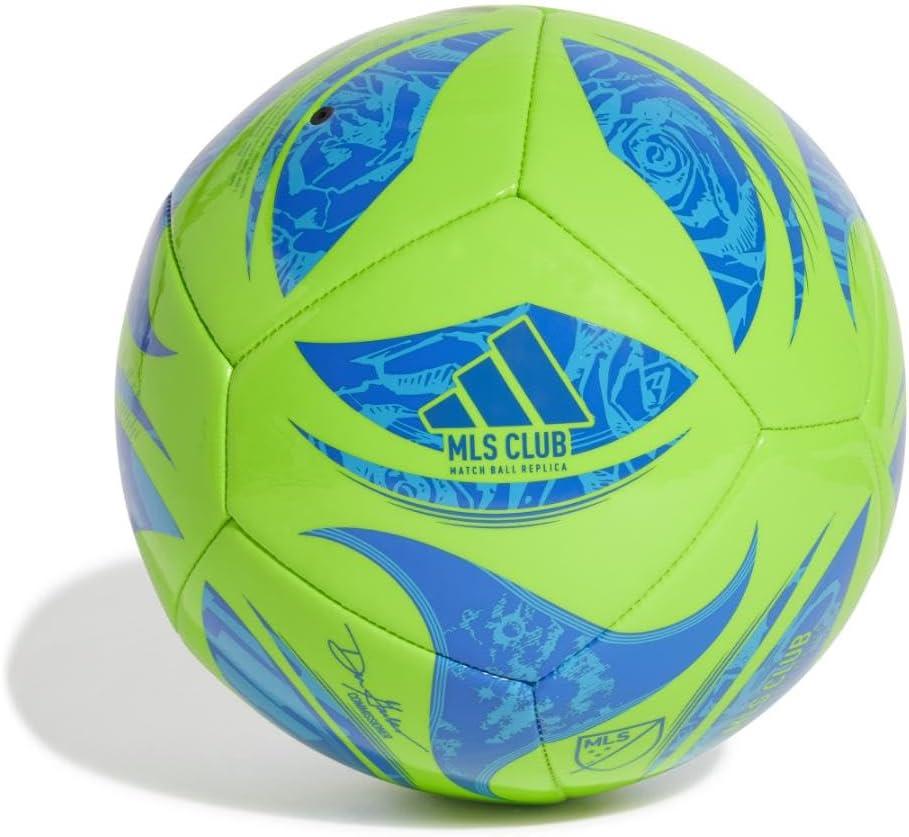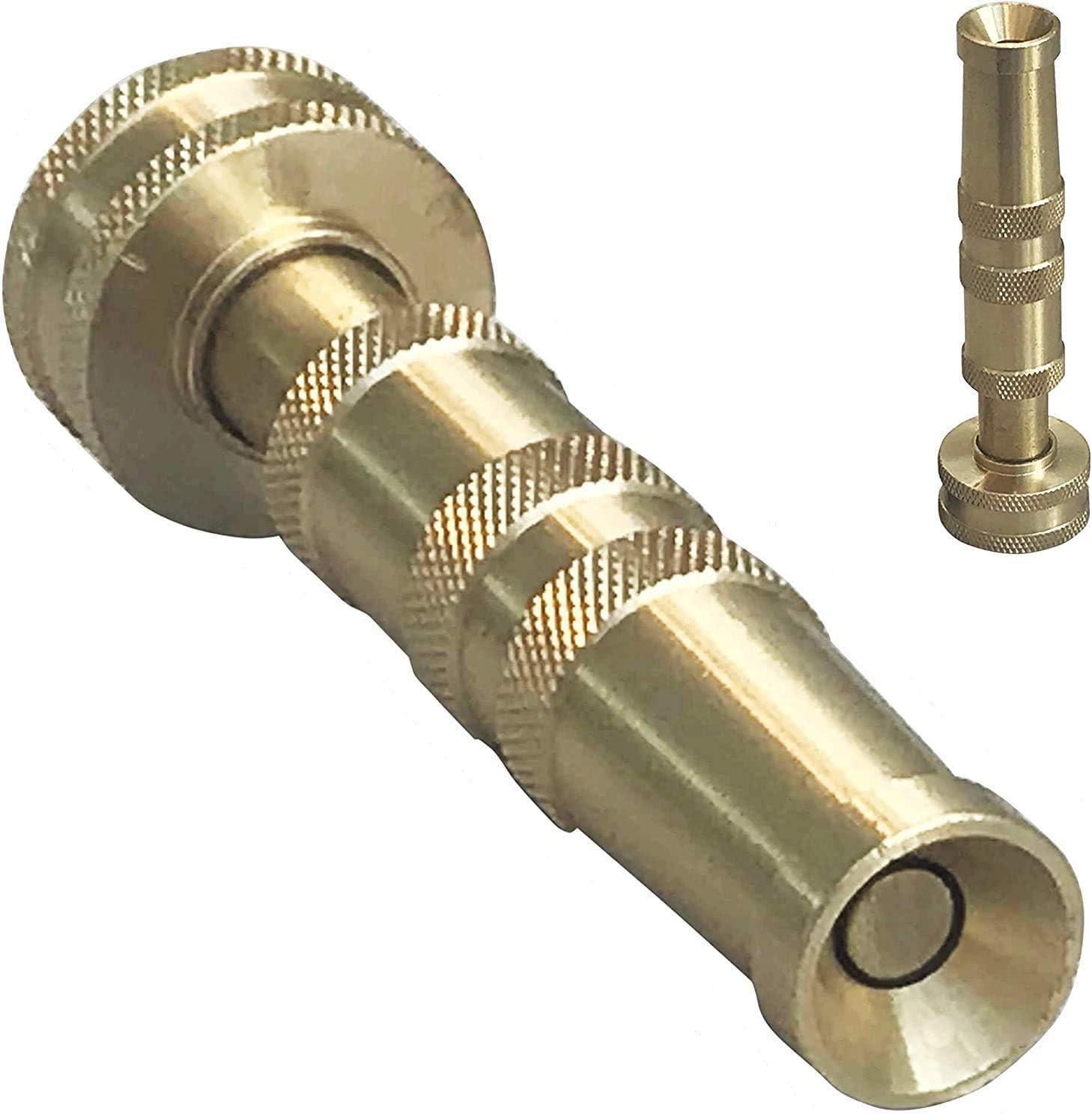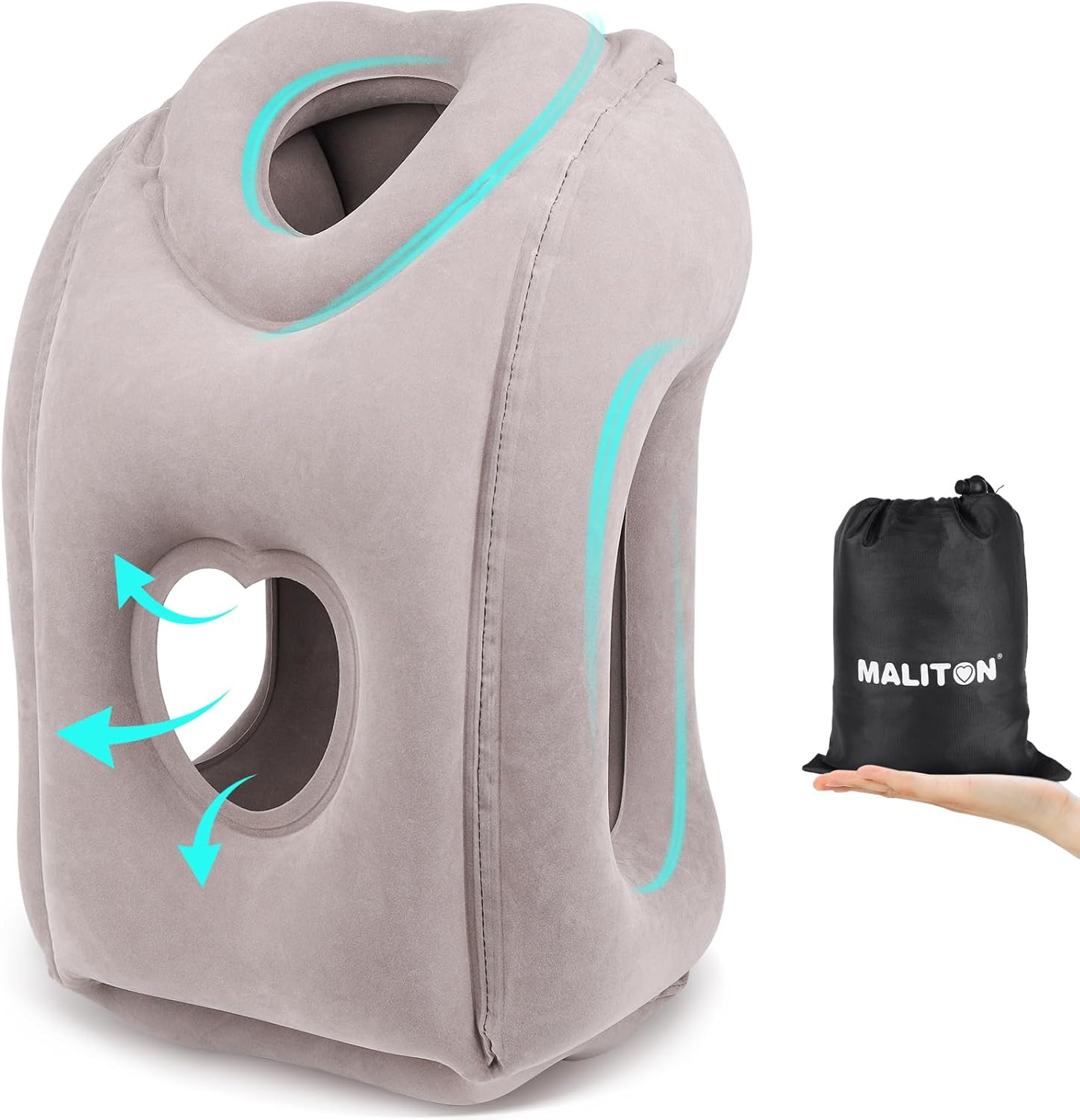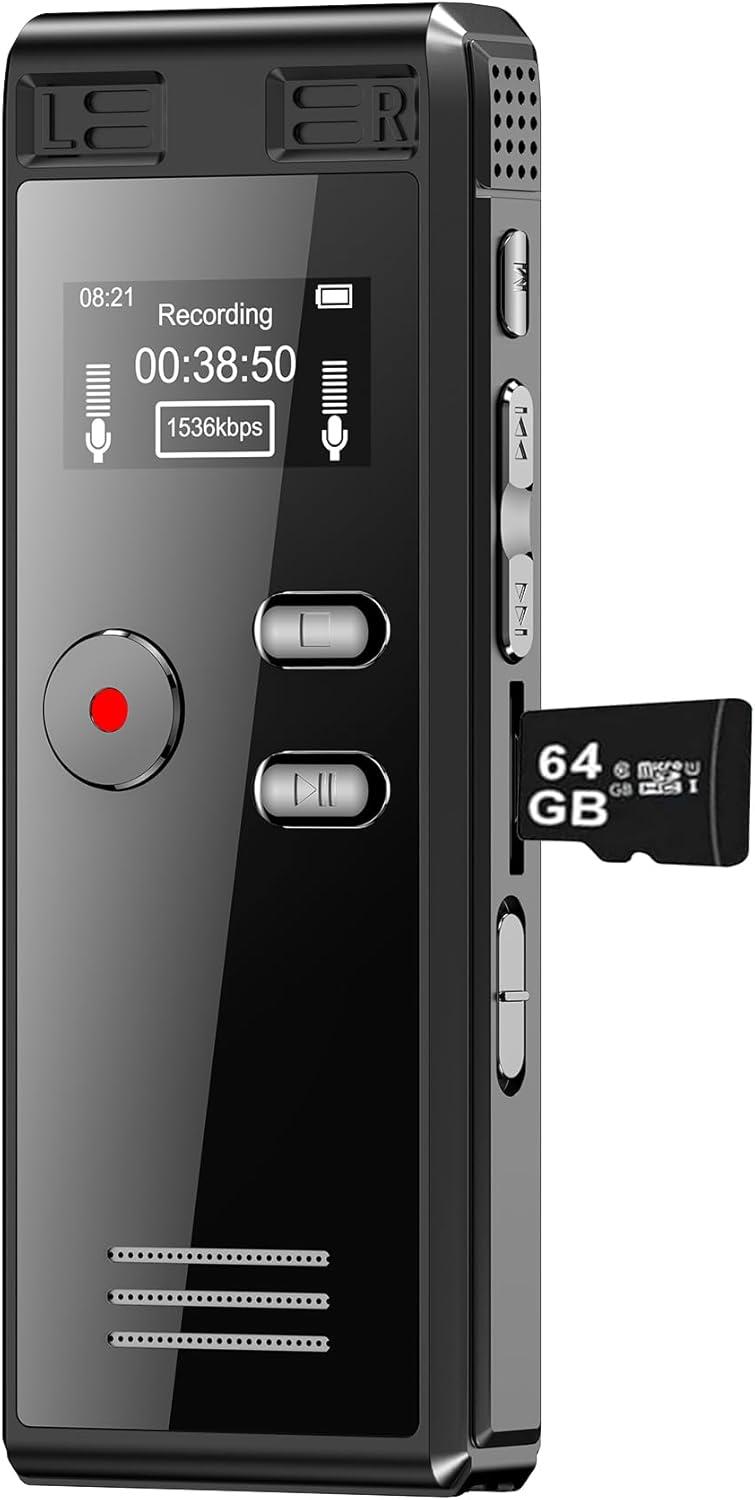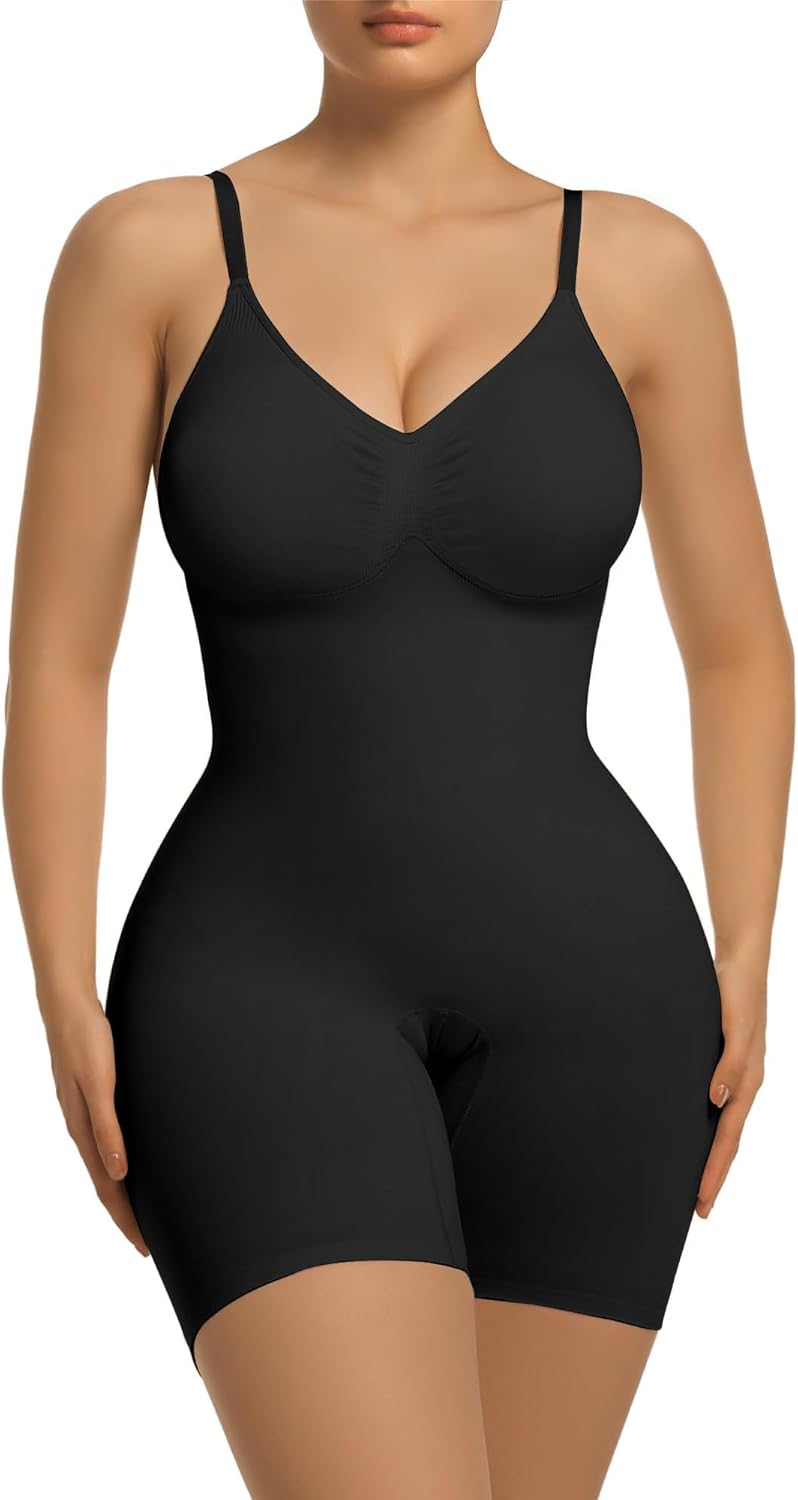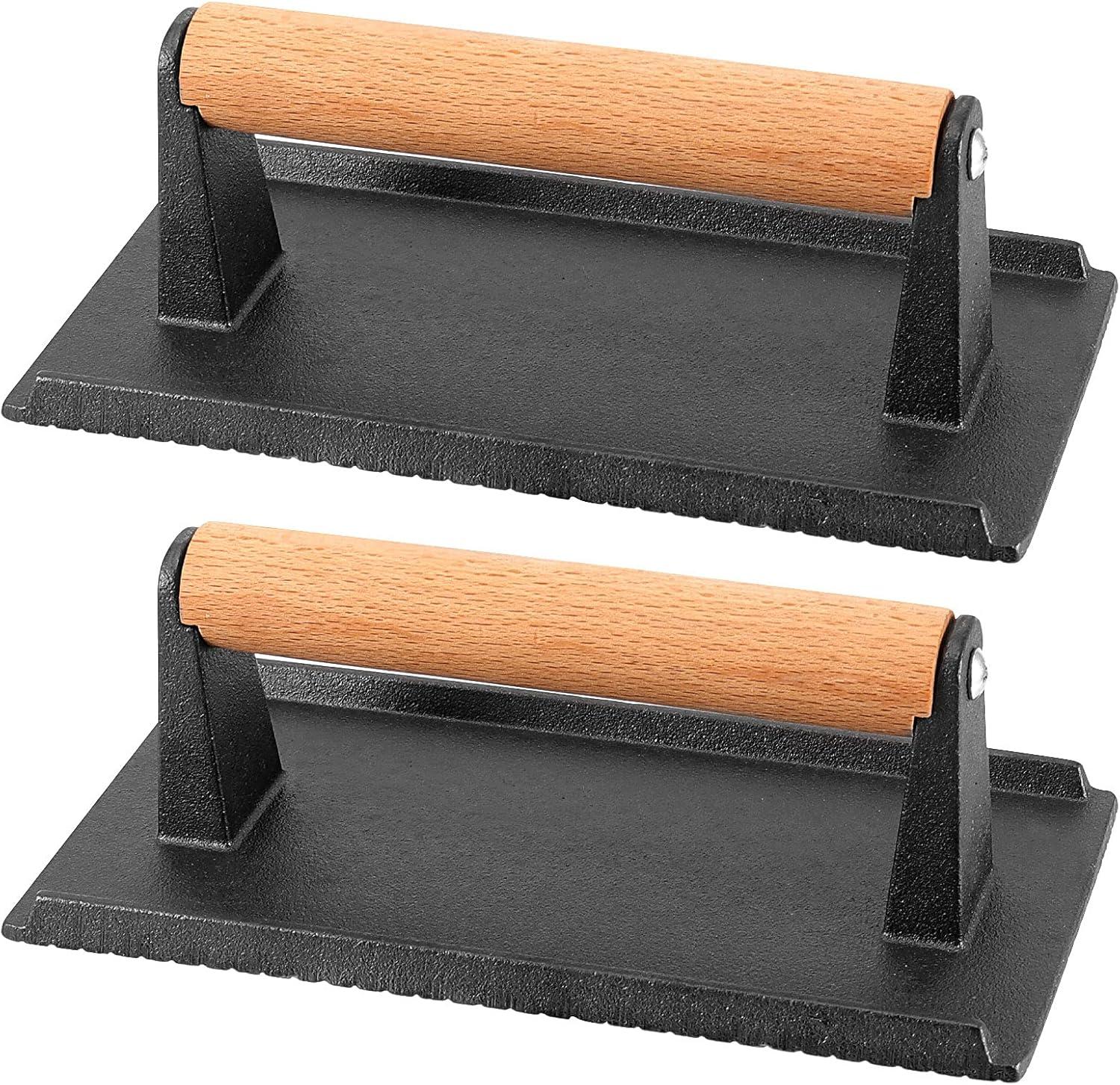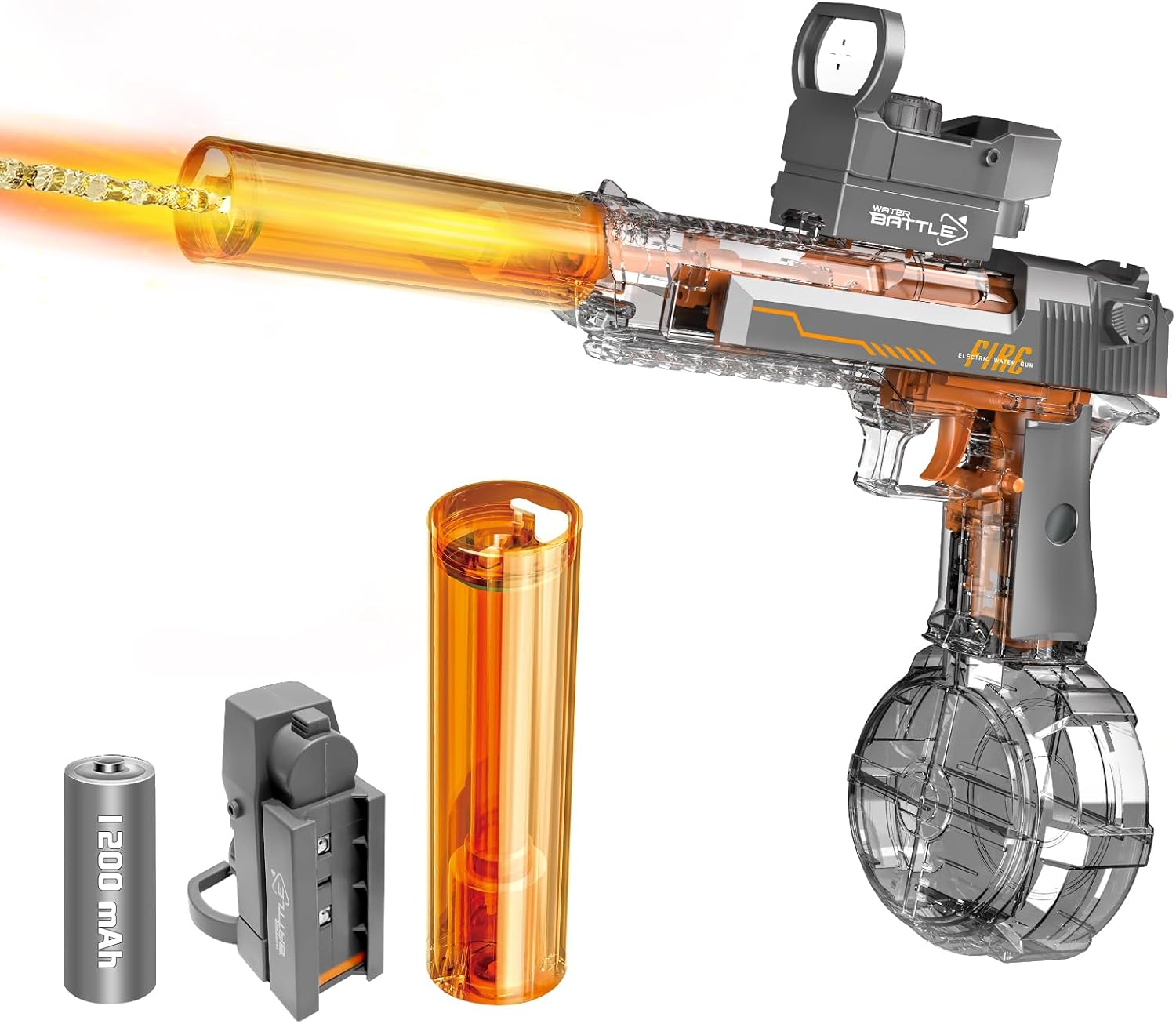









Price: $18.99 - $16.99
(as of Apr 07, 2025 18:05:04 UTC - Details)
The Best Food Thermometer: Your Ultimate Guide to Perfect Cooking
Introduction
Cooking can be both an art and a science. Whether you’re a seasoned chef or a home cook, ensuring your food is cooked to perfection is crucial. That’s where the best food thermometer comes in. This handy gadget takes the guesswork out of cooking by providing accurate readings of your food's internal temperature. In this comprehensive guide, we’ll explore why a food thermometer is essential for your kitchen and help you find the best one to suit your needs. We'll cover everything from types of thermometers to essential features, ensuring you're well-equipped to make an informed choice.
Why You Need a Food Thermometer
Understanding the Importance of Cooking Temperatures
One of the main reasons to invest in the best food thermometer is to understand the importance of cooking temperatures. Different foods require different cooking temperatures for safety and flavor. For instance, poultry should be cooked to an internal temperature of 165°F to kill harmful bacteria, while beef can be enjoyed at various levels of doneness, depending on personal preference. Using a thermometer ensures you don’t overcook or undercook your meals, keeping them safe and delicious.
The Role of Food Thermometers in Food Safety
Food safety is another critical reason for using a food thermometer. Undercooked meat can lead to foodborne illnesses, which are a serious health risk. A reliable food thermometer can help you avoid these dangers by ensuring that your meat reaches the recommended temperature. This not only protects your health but also that of your loved ones. When it comes to food safety, having the best food thermometer is non-negotiable.
Types of Food Thermometers
Digital vs. Analog: Which is Best?
When searching for the best food thermometer, you'll come across digital and analog options. Digital thermometers are typically more accurate and provide quick readings. They often feature a backlit display for easy reading in low light conditions. On the other hand, analog thermometers, while sometimes less accurate, can be more affordable and don’t require batteries. Depending on your cooking style, you might prefer one over the other. If you often cook in darker environments or need rapid results, a digital thermometer is likely your best bet.
Instant-Read vs. Probe Thermometers
Another important distinction is between instant-read and probe thermometers. Instant-read thermometers give you a temperature reading in seconds, making them perfect for quick checks. Probe thermometers, however, are designed to stay in the food while it cooks, allowing for continuous monitoring of the temperature. For those who like to cook large cuts of meat or bake, a probe thermometer can be very useful. Consider your cooking habits to determine which type meets your needs.
Features to Look for in the Best Food Thermometer
Accuracy and Speed: Key Features
When searching for the best food thermometer, accuracy and speed should be at the top of your list. A thermometer that offers precise readings within a few seconds can greatly enhance your cooking experience. Look for models that provide readings within 2-3 seconds, as these will save you time and help you avoid overcooking your food.
Temperature Range and Units
Another essential feature is the temperature range and the ability to switch between Fahrenheit and Celsius. Some dishes require specific temperature readings, and having a thermometer that can accommodate a wide range ensures versatility. Check for thermometers that can measure from below freezing to well over 500°F, allowing you to tackle a variety of cooking tasks with ease.
User-Friendly Design
User-friendly design is crucial when selecting the best food thermometer. Look for features like easy-to-read displays, comfortable grips, and compact sizes for storage. Some models even come with magnetic backs for easy access on your refrigerator. A thermometer that is easy to handle and read will encourage you to use it more often, leading to better cooking results.
How to Use a Food Thermometer Effectively
Step-by-Step Guide to Proper Use
Using a food thermometer is simple, but it’s essential to do it correctly to achieve the best results. Start by inserting the thermometer into the thickest part of the meat, avoiding bones and fat, as these can give inaccurate readings. Wait for the reading to stabilize, which usually takes a few seconds. Always clean your thermometer before and after use to prevent cross-contamination.
Tips for Checking Temperatures in Different Foods
Different foods require different techniques for checking temperatures. For instance, when checking a whole turkey, insert the thermometer into the inner thigh, away from the bone. For thicker cuts of meat, insert it horizontally into the center. When cooking casseroles or baked goods, check the temperature in the center. Familiarize yourself with these techniques to ensure you’re getting accurate readings every time.
Cleaning and Maintenance of Your Food Thermometer
Best Practices for Keeping Your Thermometer Clean
To ensure your food thermometer remains accurate and safe, it’s vital to clean it properly. Always wash the probe with warm, soapy water after each use. Some digital thermometers are water-resistant, but it’s best to avoid submerging them in water. For models that are not waterproof, wipe them down with a damp cloth and disinfectant wipe.
Storage Tips for Longevity
When it comes to storing your food thermometer, keep it in a safe place where it won’t be damaged. Many models come with protective cases, which are great for preventing accidental bumps or drops. Avoid exposing your thermometer to extreme temperatures or moisture, as this can affect its accuracy and lifespan.
Conclusion
In summary, the best food thermometer is an invaluable tool for any kitchen. By understanding the importance of cooking temperatures, the different types of thermometers available, and the key features to look for, you can make an informed decision that enhances your cooking experience. Whether you choose a digital or analog thermometer, remember that accuracy and ease of use are paramount. With proper use and maintenance, your food thermometer will help you cook delicious and safe meals for years to come. So, invest in the best food thermometer today and elevate your culinary skills!
𝐕𝐞𝐫𝐬𝐚𝐭𝐢𝐥𝐞 𝐓𝐨𝐨𝐥𝐬: Infrared technology allows you to measure various objects at home and outdoors; Use it for 𝒎𝒆𝒂𝒕, 𝑫𝑰𝒀 𝒄𝒂𝒏𝒅𝒚, 𝒐𝒗𝒆𝒏𝒔, 𝒈𝒓𝒊𝒍𝒍𝒊𝒏𝒈, 𝒇𝒐𝒐𝒅, 𝒄𝒐𝒐𝒌𝒊𝒏𝒈, 𝒂𝒖𝒕𝒐𝒎𝒐𝒕𝒊𝒗𝒆 𝒖𝒔𝒆, 𝑨/𝑪, 𝒓𝒆𝒇𝒓𝒊𝒈𝒆𝒓𝒂𝒕𝒐𝒓𝒔, etc.
𝐁𝐞𝐭𝐭𝐞𝐫 𝐀𝐜𝐜𝐮𝐫𝐚𝐜𝐲: The Lasergrip's 12:1 𝒅𝒊𝒔𝒕𝒂𝒏𝒄𝒆-𝒕𝒐-𝒔𝒑𝒐𝒕 𝒓𝒂𝒕𝒊𝒐 enables you to accurately measure temperatures from a comfortable distance. For best results, position the thermometer approximately 14.17 inches / 36 centimeters away from the target.
𝐄𝐚𝐬𝐞 𝐨𝐟 𝐮𝐬𝐞: Scan the surface of your object, hold down the trigger of the thermometer gun, get temp anywhere within the range of -58°–842°F / -50°–450°C. Then watch as your result appears on the bright LCD display in less than half a second.
𝐁𝐫𝐢𝐠𝐡𝐭 & 𝐑𝐞𝐚𝐝𝐚𝐛𝐢𝐥𝐢𝐭𝐲: Each infrared thermometer 𝒇𝒆𝒂𝒕𝒖𝒓𝒆𝒔 𝒂 𝒍𝒂𝒓𝒈𝒆, 𝒃𝒂𝒄𝒌𝒍𝒊𝒕 𝑳𝑪𝑫 𝒔𝒄𝒓𝒆𝒆𝒏, making it easy to read temperatures even in low light. With 2 AAA batteries included, powering up the thermal gun is a cinch.
𝐅𝐫𝐢𝐞𝐧𝐝𝐥𝐲 𝐃𝐞𝐬𝐢𝐠𝐧: The new Lasergrip 𝒇𝒆𝒂𝒕𝒖𝒓𝒆𝒔 𝒂 𝒎𝒂𝒙𝒊𝒎𝒖𝒎 𝒕𝒆𝒎𝒑𝒆𝒓𝒂𝒕𝒖𝒓𝒆 𝒂𝒏𝒅 𝒂𝒗𝒆𝒓𝒂𝒈𝒆 𝒕𝒆𝒎𝒑𝒆𝒓𝒂𝒕𝒖𝒓𝒆 𝒎𝒐𝒅𝒆. Additionally, the 15-𝒔𝒆𝒄𝒐𝒏𝒅 𝒂𝒖𝒕𝒐-𝒐𝒇𝒇 𝒇𝒖𝒏𝒄𝒕𝒊𝒐𝒏 extends battery life, while the low battery indicator lets you know when it's time to replace to batteries.
𝟐 𝐱 𝐀𝐀𝐀 𝐁𝐚𝐭𝐭𝐞𝐫𝐢𝐞𝐬 𝐈𝐧𝐜𝐥𝐮𝐝𝐞𝐝: The Lasergrip has been upgraded to run on 2 pre-installed AAA batteries, which are more convenient to replace than 9V batteries.
𝑫𝒐 𝑵𝒐𝒕 𝑼𝒔𝒆 𝒐𝒏 𝑯𝒖𝒎𝒂𝒏𝒔: The Lasergrip is intended for use on inanimate objects only. Measuring the temperature of a human or animal is unsafe.
